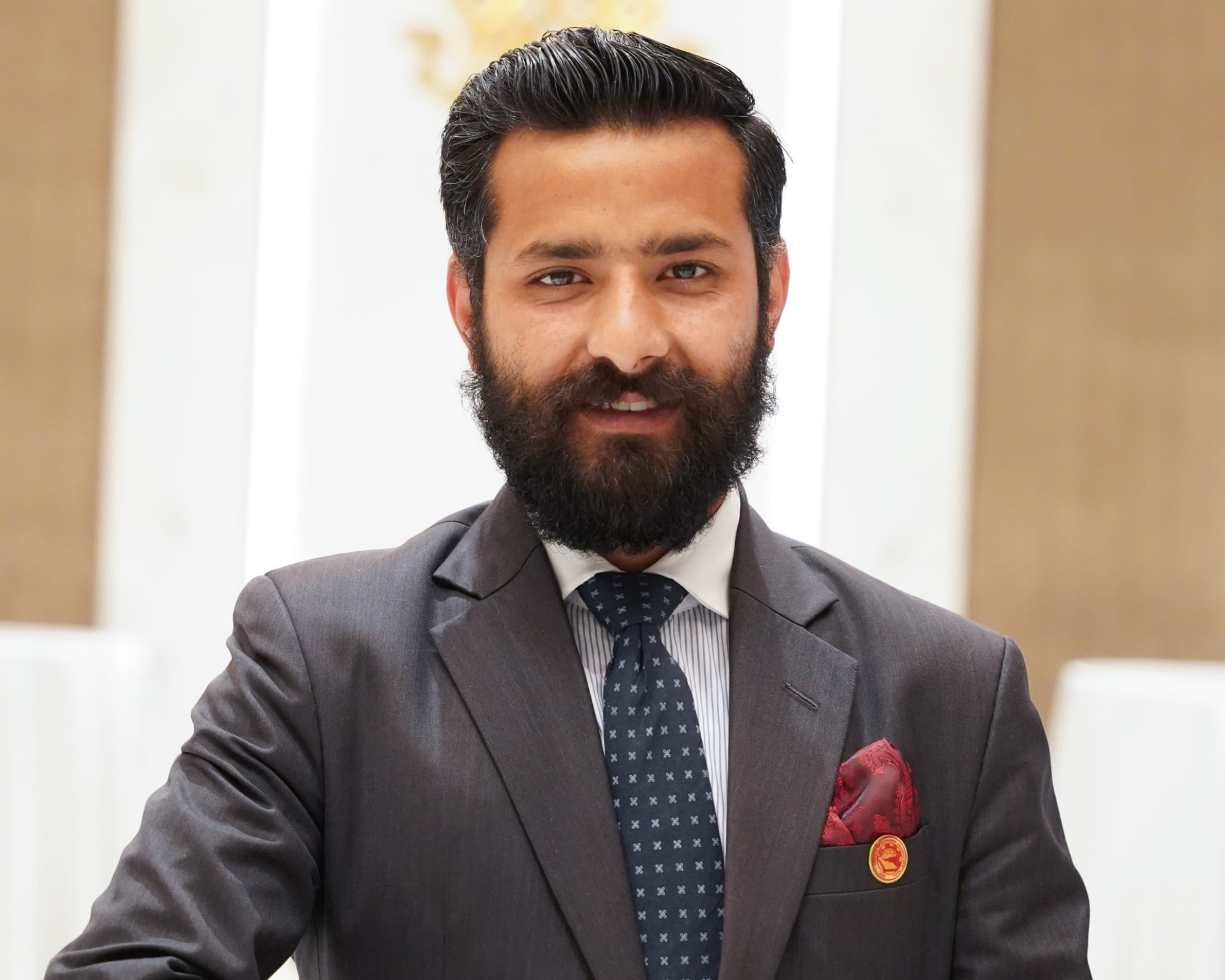Columns
AI: The new face of foreign aid
Nepal’s recently formulated foreign aid mobilisation policy doesn’t recognise AI as the driver of economic development.
Aswin Parajuli & Pradip Kumar Kafle
For a foreign affairs enthusiast, the topic of foreign aid elicits the plea of American economist and Columbia University professor Jeffrey Sachs, who states the idea of multiplying the aid disbursed to the developing world. The Organisation of Economic Cooperation and Development (OECD) has committed to allocate 0.7 percent of its Gross National Income (GNI) as Official Development Assistance (ODA). But to no avail. Nobel laureate in economics and Columbia University professor, Joseph Stiglitz, in his book The Price of Inequality, doubts it to hover around 0.2 percent on average.
The meagre amount of aid mobilised by the Global North to the ‘have-nots’ of the Global South is severely deficient in achieving the common dreams of prosperity that we, as humans, share. Sachs hypothesises that a big aid push can only help the poor economy from its nadir. However, the simultaneous presence of multiple wars, trade wars and ‘slowbalisation’ has changed the priorities of developed nations and has stalled the possibility of such huge foreign aid mobilisation globally. The constant fall in official development assistance is evident in Nepal’s context.
Amid this, the government has recently formulated the Foreign Aid Mobilisation Policy 2025, which aims to align foreign aid with national priorities for economic expansion. It also envisions accommodating the recent global trends and practices in foreign aid, acknowledging the globally expanding role of the private sector in development financing through innovative financing instruments such as blended finance. The government is assumed to undertake regulatory risks, while the private sector is expected to absorb investment risks.
Further, a 5 percent cap on the consultancy fees on total project cost and a 20 percent cap on administrative expenses for projects implemented by international NGOs are expected to eliminate the ill-practice and misutilisation of funds, thereby improving efficiency and effectiveness. The policy has rightly acknowledged the emerging role of digital technologies, including Artificial Intelligence (AI), blockchain and data analytics in managing foreign aid. However, it has failed to stipulate the potential use of AI as a new tool of foreign aid for Nepal.
Soon after the closure of USAID, the United States published its ‘America’s AI Action Plan’ document in July 2025. Pillar III of the plan mentions exporting American AI to allies and partners. The same applies to other economic powerhouses, though not explicitly stated in their published documents. This indicates the new foreign policy trend through collaboration with allied countries on the AI front.
AI is the new currency. Superpowers are trying to get hold of the dominance in this spectrum, either by acquiring hard or soft power. At this critical juncture, we need to understand the global trends in foreign aid mobilisation and position ourselves to be the best fit recipient of aid transformed in the form of AI. The foreign aid policy of Nepal should have accommodated this issue in greater detail.
Lately, Nepal’s development partners have started to shift development assistance from traditional financial or material support to intelligent, data-driven solutions that empower recipient countries to solve complex challenges autonomously. Rather than just providing money or goods, development partners are offering AI tools and infrastructure that enhance decision-making, improve public service delivery and target interventions with precision. From predicting crop failures and epidemics to identifying poverty zones through satellite imagery, AI can increase the efficiency, transparency and impact of aid programmes in Nepal.
One of the most immediate uses of AI as foreign aid for Nepal could be to predict natural disasters (including floods, earthquakes, droughts) and optimise relief operations. AI models can analyse satellite data, weather patterns and historical data to forecast disasters and alert vulnerable communities in advance. This may allow timely evacuation, prepositioning of aid and reduced casualties.
The agricultural census 2021-22 has reported that 62 percent of Nepali households and 67 percent of the population are engaged in the agricultural sector. Despite huge government expenditure and allocation of resources to this sector, the level of production and productivity has been unexpectedly and persistently low. The use of AI in this area could be a game-changer. AI-powered tools can offer real-time guidance on crop health, irrigation needs, pest control and optimal harvesting schedules based on local weather and soil data. This will increase the productivity and food security of Nepali farmers.
Article 43 of the Constitution guarantees social security as a fundamental right. The government allocates hundreds of billions of rupees for social security allowances from its treasury each year. However, there have been leakages due to administrative inefficiencies, information asymmetry between ministries and the government and moral hazards. Such administrative inefficiencies could be reduced by harnessing the power of AI for efficient aid targeting and cash transfers. AI models could be deployed to identify poor and vulnerable households using satellite imagery, financial transactions and mobile data.
The abundance of misinformation, malinformation and disinformation is plaguing the development narrative of Nepal’s economy. AI can be effectively used to automatically detect false or harmful content through natural language processing, fact-checking algorithms and image/video analysis. It can identify and flag misleading narratives, detect bot-generated content or deepfakes and assist in moderating harmful information across digital platforms. AI systems can also support rapid fact verification by comparing claims with trusted sources, while personalised counter-narratives and educational tools can help improve public digital literacy. Mobilising foreign assistance in these areas will propel Nepal towards its sustainable growth aspirations.
The government of Nepal has recently come up with a draft of the AI policy, 2025, to enhance AI-driven national growth, with a focus on agriculture, healthcare and education. This step is commendable. However, Nepal suffers from infrastructural limitations, a shortage of skilled professionals and institutional bodies to generate new knowledge, and a lack of awareness of AI usage. The foreign aid mobilisation policy also does not recognise AI as the driver of economic development. Nevertheless, it is time that the country invested in AI infrastructure, human capital and skills and policy provisions to position itself as an AI hub and utilise AI-based solutions to solve our developmental problems.
Views expressed are personal.




 5.13°C Kathmandu
5.13°C Kathmandu
















